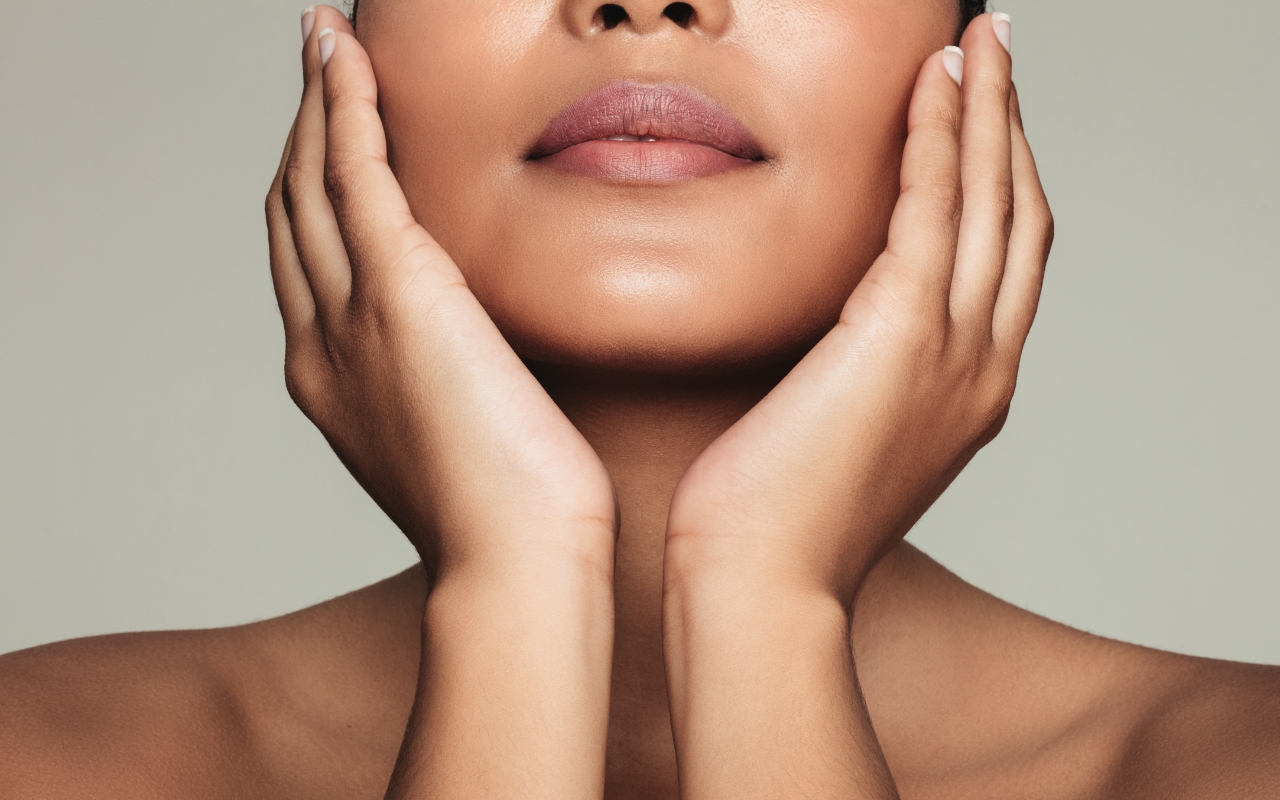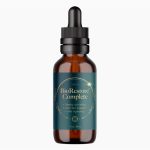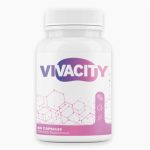The allure of sun-kissed skin is undeniable, but the consequences of prolonged sun exposure can be severe and lasting. From premature aging to increased cancer risk, the dangers posed by ultraviolet (UV) rays are significant. However, with the proper knowledge and practices, you can protect your skin from sun damage and even reverse some of its effects. This comprehensive guide explores various strategies for safeguarding your skin and alleviating the damage caused by the sun.
Sun protection isn't just a seasonal concern; it’s a year-round commitment. The sun emits harmful UV radiation throughout the year, including cloudy days. Esteemed health organizations like the American Cancer Society emphasize continuous protective measures to minimize the risks. Understanding how the sun impacts your skin and adopting effective protective strategies can ensure both short-term relief and long-term skin health.
The Impact of UV Radiation on the Skin
Ultraviolet radiation from the sun comprises UVA, UVB, and UVC rays. While UVC rays are absorbed by the Earth's atmosphere, UVA and UVB rays reach your skin and cause various damage. UVA rays penetrate deeply into the skin, leading to premature aging and DNA damage. On the other hand, UVB rays are the primary cause of sunburn and directly damage the skin's outer layer.
Exposure to these rays accelerates the formation of free radicals in the skin, damaging skin cells and collagen fibers. This degradation manifests as wrinkles, fine lines, dark spots, and sagging skin. Moreover, prolonged exposure significantly heightens the risk of developing skin cancers, including basal cell carcinoma, squamous cell carcinoma, and the deadliest form, melanoma.
Proactive Measures for Sun Protection
Preventing sun damage requires a multi-faceted approach. Incorporating several protective measures into your daily routine can significantly reduce your risk.
1. Use of Sunscreen
Sunscreen is the cornerstone of sun protection. Selecting a broad-spectrum sunscreen with a Sun Protection Factor (SPF) of 30 or higher is critical. Broad-spectrum sunscreens offer protection against UVA and UVB rays, reducing the risk of sunburn, skin cancer, and premature aging. Applying sunscreen correctly is equally important; it should be applied generously to all exposed skin at least 15 minutes before sun exposure and reapplied every two hours or more frequently if swimming or sweating.
People often fail to apply sufficient sunscreen, which reduces its effectiveness. For optimal protection, an average-sized adult should use about one ounce (a shot glass full) to cover their entire body. Remember to apply it to often overlooked areas like the ears, back of the neck, and tops of the feet.
2. Protective Clothing and Accessories
Wearing protective clothing is another effective way to shield your skin from the sun. Clothes with a high Ultraviolet Protection Factor (UPF) can block a significant portion of UV radiation. Long-sleeved shirts, long pants, and wide-brimmed hats offer the best protection. Additionally, sunglasses with UV protection can protect your eyes and the delicate skin around them.
Modern fabrics often have UPF ratings, similar to the SPF in sunscreens. According to the Mayo Clinic, UPF clothing can offer substantial protection without needing constant reapplication, like sunscreen.
3. Seeking Shade
Limiting direct sun exposure, especially during peak hours (10 a.m. to 4 p.m.), can significantly reduce your risk of sun damage. When outdoors, seek shade under trees, umbrellas, or canopies. Beach tents or shelters can also provide a break from direct sunlight. Reflective surfaces like water, sand, and snow can intensify UV exposure.
4. Avoiding Tanning Beds
Tanning beds are not a safe alternative to natural sun exposure. They emit UVA and UVB rays, which can cause the same damage as the sun, including increased cancer risk. The American Cancer Society advises against the use of tanning beds. Opting for sunless tanning lotions can provide a bronzed look without the associated dangers.
5. Special Considerations for Children and Babies
Children's skin is susceptible to UV radiation. Direct sun exposure should be avoided for infants younger than six months. For older children, ensure they are well-covered with clothing, hats, and sunscreen. Playtime should be arranged during off-peak sun hours to minimize exposure.
Reversing Sun Damage
While prevention is paramount, it’s also essential to know how to repair and reverse sun damage that has already occurred. Advances in dermatological treatments and skincare routines can help restore the skin's health and appearance.
1. Topical Treatments
Retinoids, available in prescription and over-the-counter forms, effectively treat sun damage. These vitamin A derivatives promote cell turnover, reduce fine lines, and improve skin texture. Antioxidants like vitamins C and E can also be beneficial. They combat free radicals, reduce inflammation, and promote collagen synthesis, leading to healthier, more resilient skin.
2. Professional Procedures
Dermatologists offer several procedures designed to address sun damage:
- Chemical Peels: Chemical peels involve applying a chemical solution to the skin, which exfoliates the top layer, revealing fresher skin. They can improve texture and tone and reduce pigmentation issues.
- Laser Therapy: Laser treatments target sunspots and pigmentation, encouraging new skin growth and collagen production. This can result in a more even skin tone and reduced appearance of fine lines.
- Microdermabrasion: This minimally invasive procedure exfoliates the skin using tiny crystals. It can reduce sun damage signs, improve skin texture, and enhance the effectiveness of skincare products.
3. Hydration and Moisturization
Hydrated skin is healthier and more resilient. Drinking plenty of water helps maintain skin moisture from within. Topically, a good moisturizer can lock in hydration and help repair the skin barrier. Look for products with ingredients like hyaluronic acid, glycerin, and ceramides.
4. Healthy Lifestyle Choices
A balanced diet rich in antioxidants can support skin health. Fruits, vegetables, nuts, and seeds offer vitamins and minerals that combat oxidative stress and promote skin repair. Omega-3 fatty acids found in fish can enhance skin barrier function and reduce inflammation.
Stress management is also crucial, as stress can exacerbate skin conditions and delay healing. Meditation, yoga, and regular exercise can reduce stress levels and support overall skin health.
5. Consistent Skincare Routine
Consistency is key in any skincare regimen. Gentle cleansing, regular exfoliation, and proper moisturizing can maintain skin health and enhance the effects of treatments aimed at reversing sun damage. Avoiding harsh products that strip the skin of natural oils is equally essential.
Conclusion
Sun protection and reversing sun damage require a dedicated, multi-faceted approach. Integrating preventive measures like broad-spectrum sunscreen, wearing protective clothing, and seeking shade can significantly reduce the risk of sun-induced skin damage. For damage that has already occurred, a combination of topical treatments, professional procedures, and healthy lifestyle choices can help restore your skin’s health and appearance.
Remember, protecting your skin from the sun is a year-round commitment. These strategies allow you to enjoy the outdoors safely and maintain a youthful, healthy complexion. For more information on sun protection, consider visiting the American Cancer Society and Mayo Clinic websites.
Your skin, the largest body organ, deserves all the care and protection you can give it. Embrace these practices and enjoy the long-term benefits of healthier, more radiant skin.










